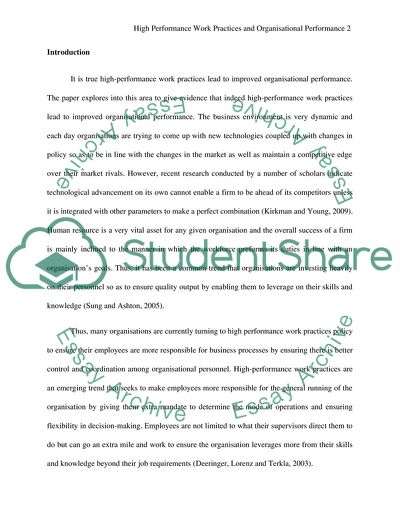Cite this document
(High Performance Work Practices Research Paper Example | Topics and Well Written Essays - 3000 words, n.d.)
High Performance Work Practices Research Paper Example | Topics and Well Written Essays - 3000 words. https://studentshare.org/human-resources/1856043-high-performance-work-practices
High Performance Work Practices Research Paper Example | Topics and Well Written Essays - 3000 words. https://studentshare.org/human-resources/1856043-high-performance-work-practices
(High Performance Work Practices Research Paper Example | Topics and Well Written Essays - 3000 Words)
High Performance Work Practices Research Paper Example | Topics and Well Written Essays - 3000 Words. https://studentshare.org/human-resources/1856043-high-performance-work-practices.
High Performance Work Practices Research Paper Example | Topics and Well Written Essays - 3000 Words. https://studentshare.org/human-resources/1856043-high-performance-work-practices.
“High Performance Work Practices Research Paper Example | Topics and Well Written Essays - 3000 Words”. https://studentshare.org/human-resources/1856043-high-performance-work-practices.


